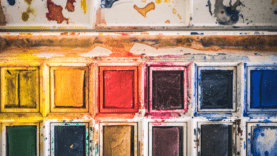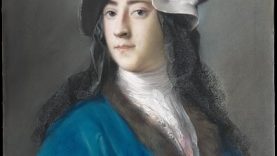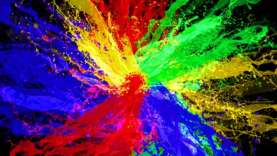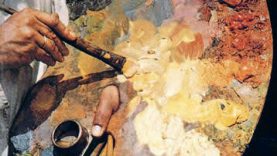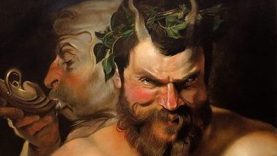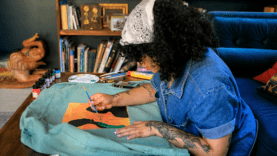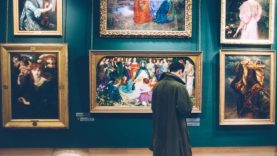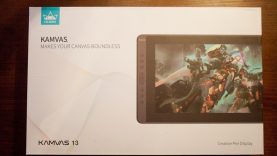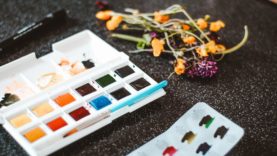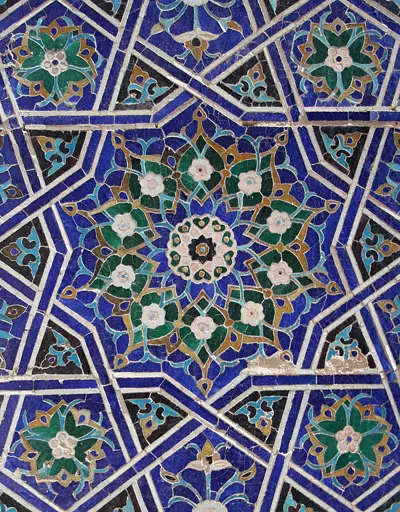
Learn how to draw Islamic patterns and calligraphy Art
Drawing Islamic Calligraphy Patterns and wall art appear to be an incredibly difficult task at first sight, but in this guide we are going to break down some of the basic patterns and Islamic calligraphy and tips and tricks and how to draw them correctly.
Luckily, there are many resources available to help you learn how to do this, including hundreds of Islamic calligraphy wall art drawings(Such as those at https://islamicart.co.uk/collections/islamic-wall-art ) that show you how this style should look when finished.
Islamic Geometric Patterns are featured all over the Arabian and Persian countries, early craftsmen were not permitted to draw any life form such as a human or animal, so would often turn to intricate geometric patterns to decorate Mosque’s and homes.
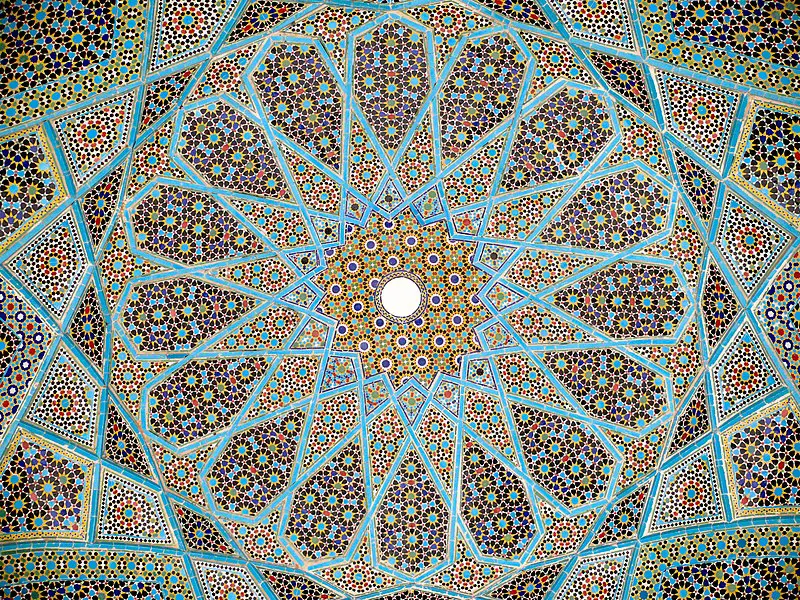
Islamic Geometric patterns are very mathematical in nature, but don’t worry you don’t need to be a math wiz to incorporate these wonderful patterns into your own art pieces or decorations.
Here Are 3 Simple Tips To Get Started Drawing Islamic Patterns Today!
Tip #1: Start With A Circle, Hexagon, Octagon Or Decagon
Believe it or not, all these patterns start with a basic shape in in one way or another, you will need to use a compass to create a perfect circle, the circle is then divided into equal parts and each division helps create the distinctive pattern. The starting circle may be invisible in the final piece but it always starts with the circle.
Tip #2: Use A Computer Software
As wise as they were, early Islamic Artists decorating Mosque’s and tiles with such intricate designs probably would never have imagined one day people would use computer software to design Islamic patterns (especially since we are going back over 1000 years) , but a good idea would be to use a software such as Photoshop and download some patterns and edit them, it can then be good painting them by hand.
Tip #3: Use Tessellation
Tessellation is a key component of creating Islamic Art Patterns, it is where one design overlaps another without any gaps in between, honeycombs are a perfect example of tessellation.
Tip #4: Get A Light box
A light box will allow you to trace Islamic Art Patterns so you can get the hang of creating them, just print them and place on the light box then trace, it is a really easy way to get started creating them.
Some Beautiful Places To Visit That Feature Islamic Patterns For Inspiration
The Grande Mosque Of Kairouan originally constructed in 670 CE has some of the earliest preserved pieces of Islamic Geometric Patterns recorded:

The Shah Mosque in Iran is a modern day wonder of Islamic Geometry, The dome of the mosque features one of the most incredible Geometric patterns in the world, it was originally built in 1611 and took around 20 years to build.
The Persian empire used to be renowned for their arts and crafts and still take great pride in that aspect of their culture today.
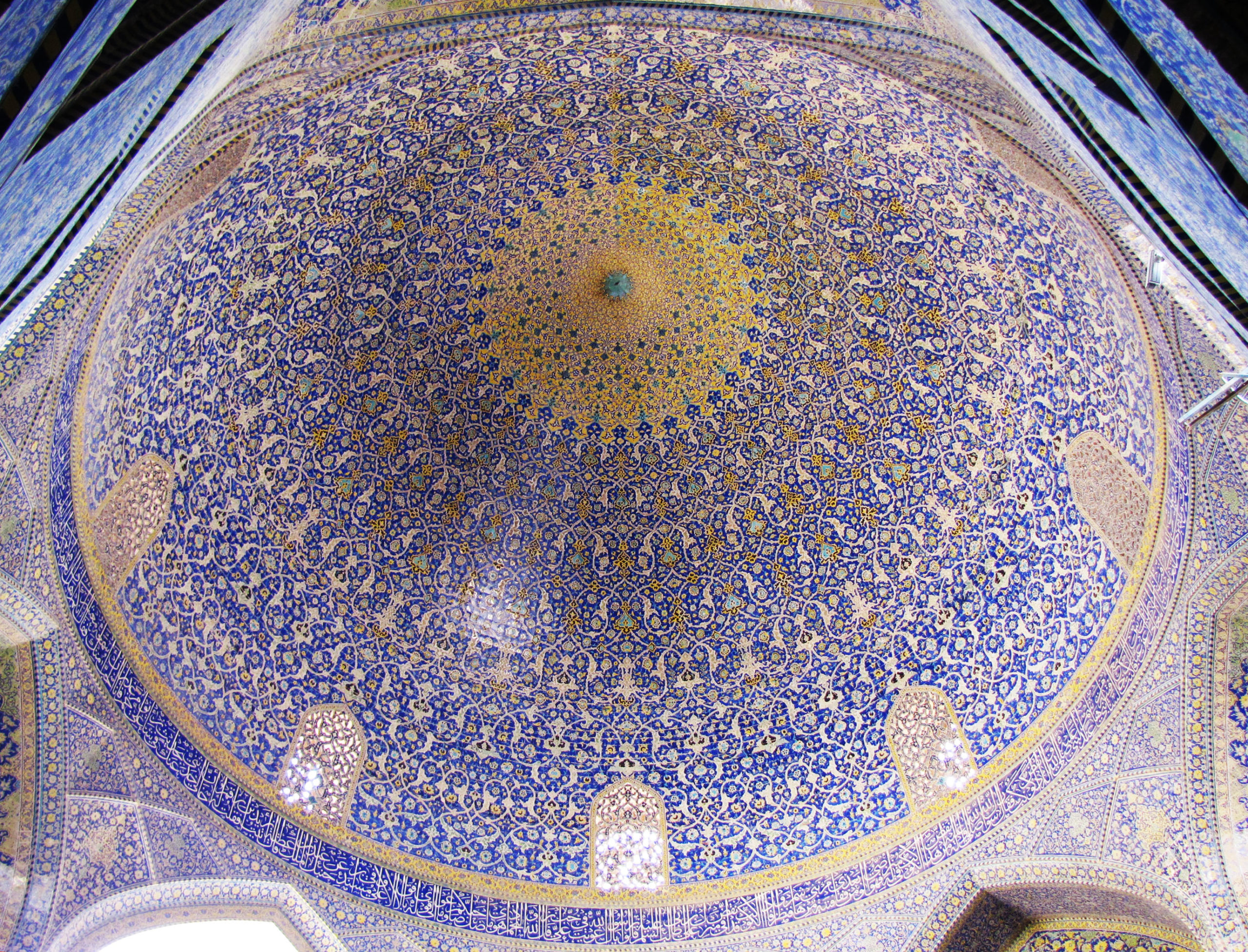
The Dome Of Al Aqsa is another incredible feat of pure geometric beauty, when you take into consideration how accurate the geometry is and the fact its shaped into a dome, the mathematics behind it are truly outstanding. Especially considering this was built a long time ago.

I hope the above has inspired you to start creating your own geometric patterns that are influenced by the Islamic and Arabian world, you can create these patterns no matter what your faith or belief is since they are not religious patterns, they are simply highlighted and used a lot in the Islamic world as the drawing of human and animal forms is generally not permitted.





